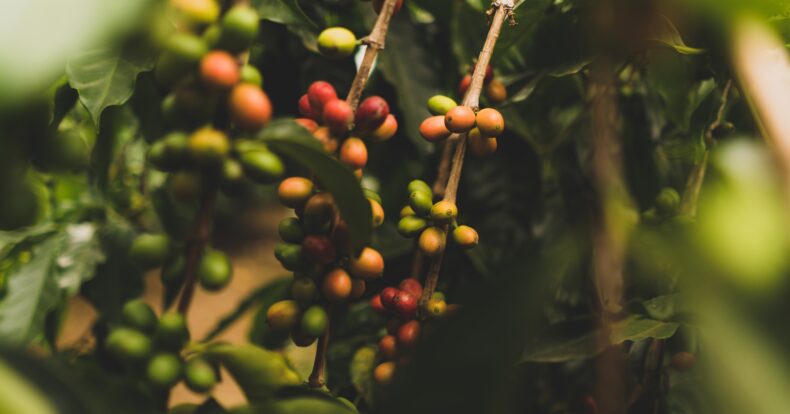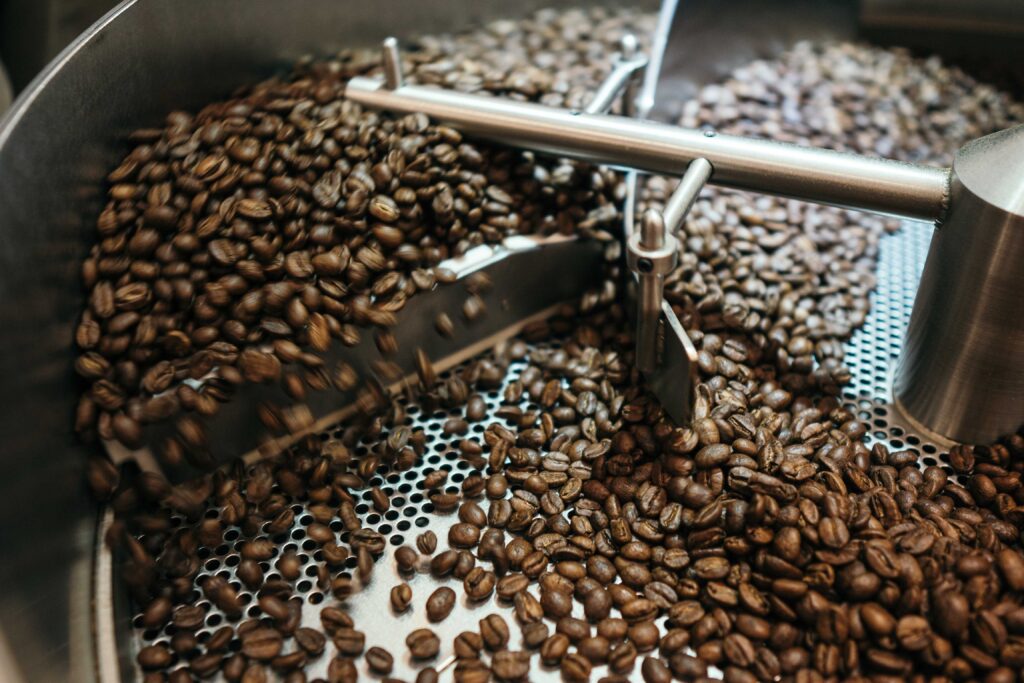Shade-grown coffee: an answer to the climate crisis

What is shade grown coffee? Learn about this alternative crop that was born as a response to the climate crisis.
What is shade-grown coffee?
Shade-grown coffee refers to coffee plants grown under a canopy of trees. This method differs from conventional cultivation, which consists of clearing the land to plant several coffee trees that receive direct sunlight.
In the case of Costa Rica, trees such as the poro (Erythrina poeppigiana), the avocado tree (Persea americana), or some herbaceous plants such as banana, legumes or native species should be chosen. These plants protect crops in a sustainable manner and contribute to environmental conservation.
Indeed, shade trees create a cooler microclimate and thus slow down the growth of the coffee plants, making the beans denser and more flavorful.
Why is it a sustainable practice?

Shade-grown coffee is a sustainable practice because it provides benefits such as reducing soil temperature, maintaining humidity and preserving biodiversity.
In fact, trees and vegetation provide habitat for a variety of bird species and pollinator species. It is also a refuge space for natural predators, which are essential in the fight against pests.
In addition, it contributes to soil conservation because tree roots hold the soil together, reducing erosion and maintaining soil health. On top of that, it supports rainwater capture and retention, carbon sequestration, oxygen production.
The practice of shade coffee has a holistic approach as it protects the crops and at the same time promotes the natural balance of the ecosystem. In fact, the trees provide shelter and help nutrient cycling and the coffee plants contribute to the forest undergrowth.
Sensorial Sunsets
Navigate articles





